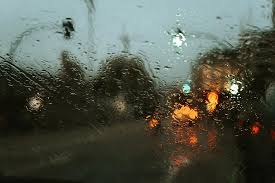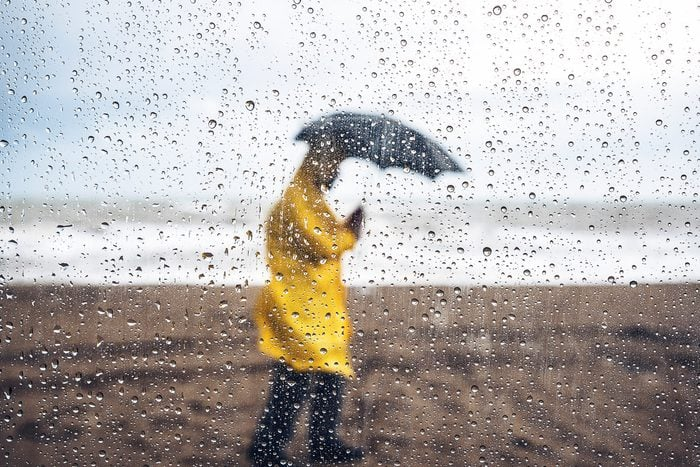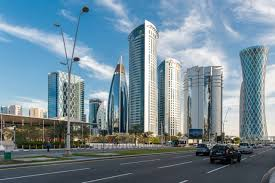Now Reading: Rain What You Never Knew About Rain and Evaporation 2025
-
01
Rain What You Never Knew About Rain and Evaporation 2025
Rain What You Never Knew About Rain and Evaporation 2025

Table of Contents
Water is everywhere—floating in the air, running through rivers, or stored deep underground. But have you ever wondered how it keeps moving around the Earth? Two key parts of this never-ending water cycle are precipitation and evaporation. These natural processes are vital to life on Earth and help keep our planet in balance.
In this article, we’ll explore simple and surprising facts about precipitation and evaporation, how they work, and why they matter more than most people realize.
What Is Precipitation?

Precipitation is water that falls from the sky to the Earth. It can be in many forms—rain, snow, sleet, or hail. It happens when water vapor in the air gets heavy and turns back into liquid or solid.
When clouds get full of moisture, gravity pulls the water down. That’s when we see rain or snow. Precipitation is how fresh water returns to land, making it essential for drinking water, farming, and nature.
Types of Precipitation
- Rain – The most common type, made of liquid water droplets.
- Snow – Frozen crystals of water that form in cold temperatures.
- Sleet – Rain that freezes before it hits the ground.
- Hail – Balls of ice formed in strong thunderstorms.
- Drizzle – Very light rain, usually with smaller water droplets.
Each type of precipitation happens under different weather conditions, and studying them helps meteorologists predict storms, droughts, and climate patterns.
Surprising Facts About Precipitation
- The largest snowflake ever recorded was 15 inches wide, in Montana, USA in 1887.
- It can rain even when the sun is shining—this is often called a “sunshower.”
- Acid rain is precipitation that contains pollution and can damage forests, soil, and buildings.
- Some deserts receive less than 10 inches of precipitation per year.
- Antarctica is the driest continent even though it’s covered in ice. It’s technically a desert due to its low snowfall.
What Is Evaporation?
Evaporation is the process where liquid water turns into water vapor (a gas) and rises into the air. This happens when water gets heated by the sun. It can happen in oceans, lakes, rivers, and even from your skin when you sweat.
Evaporation plays a key role in moving water from the ground back into the atmosphere, beginning the water cycle again.
Where Does Evaporation Happen?
- Oceans – The largest source of evaporation on Earth.
- Rivers and Lakes – Smaller water bodies that also contribute.
- Plants – Through a process called transpiration, plants release water vapor.
- Soil – Moisture in soil can also evaporate under heat.
- Everyday Life – Boiling water, wet clothes drying, or even sweating.
Interesting Facts About Evaporation
- Around 90% of moisture in the air comes from oceans and seas.
- Evaporation cools the surface it leaves, which is why sweating cools your body.
- Hotter temperatures make evaporation happen faster.
- Wind can also speed up evaporation by moving humid air away.
- Evaporation is the reason why salt is left behind when seawater dries up.
How Precipitation and Evaporation Work Together
Precipitation and evaporation are opposite sides of the water cycle. Evaporation takes water up into the sky, while precipitation brings it back down.
Here’s how the full cycle works in simple steps:
- Evaporation – The sun heats up water in oceans and rivers.
- Condensation – Water vapor rises and cools, turning into clouds.
- Precipitation – Water falls as rain, snow, or hail.
- Collection – Water gathers in lakes, rivers, or underground.
- The cycle repeats.
This endless loop keeps Earth’s water supply moving, cleaning itself, and supporting life.
Why Precipitation and Evaporation Matter
- For Farming: Crops need rainfall, and knowing evaporation rates helps farmers plan irrigation.
- For Weather Forecasting: Weather experts track clouds, rain, and heat to predict the climate.
- For Climate Change: Rising temperatures increase evaporation, which can lead to heavier rainstorms or worse droughts.
- For Cities: Too much rain can cause floods, and too little can cause water shortages.
Understanding these processes helps us prepare for natural disasters, manage water resources, and protect the environment.
Climate Change and the Water Cycle
Global warming affects both precipitation and evaporation. Warmer air holds more moisture, which can lead to:
- Heavier rainfall and storms in some areas.
- Longer droughts in others.
- Faster melting of snow and glaciers.
- Rising sea levels due to increased evaporation and ice melt.
These changes affect water supply, agriculture, and the health of ecosystems.
Human Impact on Precipitation and Evaporation

Our actions also influence how these processes work:
- Urban Areas: Concrete and buildings reduce evaporation and increase runoff.
- Deforestation: Fewer trees mean less transpiration and changes in local rain patterns.
- Pollution: Factories and cars release chemicals that can lead to acid rain.
- Irrigation: Large-scale farming can speed up evaporation in dry regions.
Sustainable water management and environmental care are crucial for keeping the natural balance.
Final Thoughts
Precipitation and evaporation are simple yet powerful forces. They shape our climate, grow our food, and even control the weather outside your window. Whether you’re watching rain from your porch or seeing steam rise from a kettle, you’re witnessing the water cycle in action.
By understanding how these processes work, we become more aware of the world around us—and how to protect it.
So the next time you hear raindrops or see water disappear under the sun, remember: it’s all part of Earth’s incredible, life-giving system.
Read More:- Deyaar’s Latest Announcement Shakes Up the UAE Property Market






















